
Minden, Nebraska The Christmas City
– The Christmas City TLDR: Population: 2,977 Situation: Minden was your run of the mill town (No pun intended) until 1915. Action: They
Situation: Alexandria, MN, a city with a unique Scandinavian heritage, faced economic hardships and was in dire need of rejuvenation.
Task: Local leaders took up the task to transform Alexandria into a thriving tourist town that stands out among Minnesota’s 10,000 lakes.
Action: Leveraging the city’s Viking/Norwegian/Scandinavian heritage, the leaders developed unique attractions like the Big Ole Viking statue and revitalized the Runestone Museum, attracting a significant number of tourists and improving the local economy.
Result: The transformation resulted in increased tourism, improved local economy, and enhanced the quality of life for residents, making Alexandria not just a fascinating tourist destination but a great place to live as well.
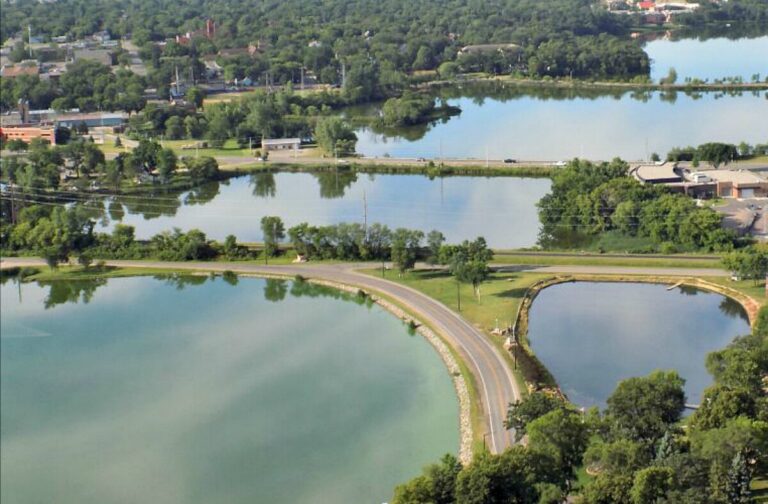
Alexandria, a charming city in Minnesota with a population of 14,382, has overcome its share of challenges. Its history is one of struggle and resilience, unlike many other tourist towns in the state. The region faced economic hardships and societal upheaval, mainly due to volatile commodity markets and a changing demographic landscape. These struggles led to a decline in economic opportunities, prompting local leaders to explore innovative ways to rejuvenate the city and boost tourism.
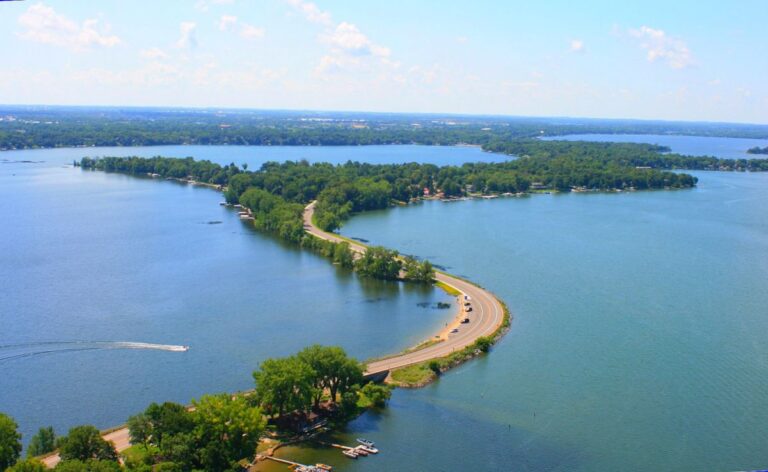
Alexandria was fortunate to have dynamic leaders who envisioned a thriving and culturally rich city. Recognizing the need for transformation, these individuals spearheaded creative city developments that set Alexandria apart from other locations.
The local government and community leaders, including the mayor and the Alexandria City Council, pursued initiatives that embraced the city’s Scandinavian heritage. They recognized the potential of this unique cultural element to attract tourists and differentiate Alexandria from other destinations.
A significant action taken was the construction of Big Ole, a giant Viking statue that stands as a testament to the city’s Norwegian roots. According to an original Creative City Development survey, an astonishing 73% of people who visit Big Ole are visitors to the city. This not only validates the statue as a significant tourist attraction but also underscores the successful decision to capitalize on the city’s unique heritage.
Moreover, the same survey reveals that 35% of statue visitors plan to participate in 2-4 other activities in town. This encourages local business and strengthens the community. It’s worth noting that Google Business Page Directions to Big Ole account for 9.3% of visitors who asked for directions, further emphasizing the statue’s pull as a tourist magnet.
Furthermore, Big Ole generates over $3.5 million in assisted revenue for other tourist attractions in the city, showcasing the statue’s role in propelling local economic growth.
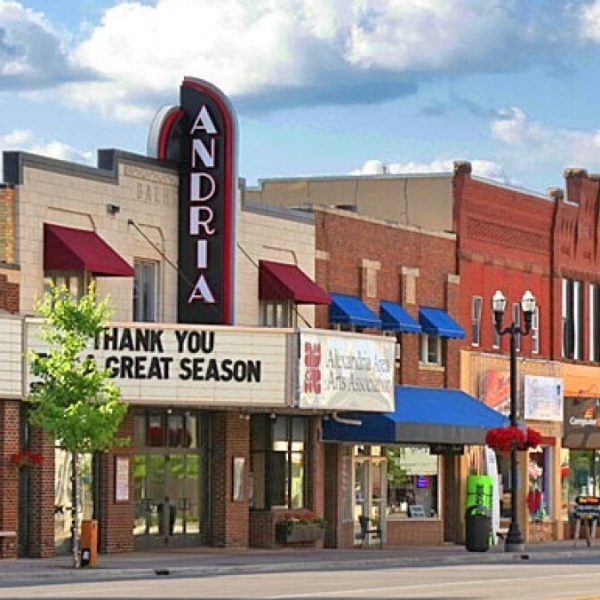
Alexandria’s journey to becoming a vibrant tourist town has also made it a more attractive place to live. The local leaders’ initiative to revitalize the city through tourism has led to improvements in infrastructure, amenities, and quality of life. As more tourists explore the city, businesses thrive, providing a boost to the local economy and creating job opportunities.
In addition, the efforts to preserve and promote the city’s Viking/Norwegian/Scandinavian heritage have fostered a strong sense of community and pride among residents. It’s a place where past and present coexist, and the result is a dynamic city that both residents and visitors find irresistible.
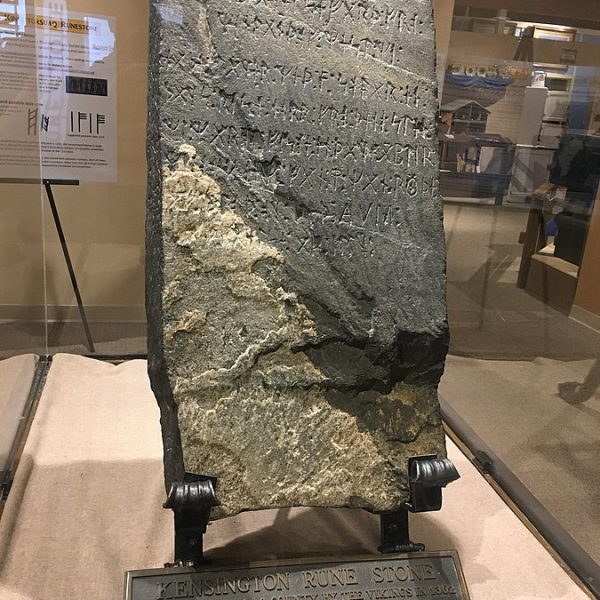
The creative development of Alexandria doesn’t stop at Big Ole. The city’s Runestone Museum, on the brink of closing just a few years ago, has seen a significant revival, with over 25,000 visitors annually, according to a report by Echo Press. This museum, dedicated to the city’s Nordic heritage, further solidifies Alexandria’s reputation as a unique Scandinavian haven.

The actions taken by the leaders of Alexandria, MN, have successfully transformed the city into a unique tourist destination. The investment in embracing the city’s Scandinavian heritage and developing attractions around it has paid dividends, making the city not only a fascinating place to visit but also a great place to live. Big Ole and the Runestone Museum are perfect examples of how unique, culture-focused attractions can bring in revenue and create an enduring tourist industry.
For more fascinating insights on Alexandria’s transformation and the creative city developments that made it possible, sign up for our newsletter and check out our book “Creative City Developments”. Discover how a city utilized its unique heritage to create a thriving tourist town that stands out among Minnesota’s 10,000 lakes.
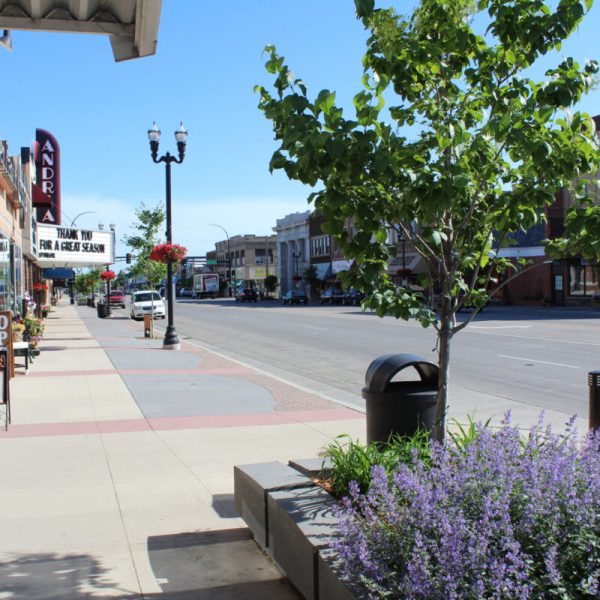
Douglas County Historical Society, Website

– The Christmas City TLDR: Population: 2,977 Situation: Minden was your run of the mill town (No pun intended) until 1915. Action: They
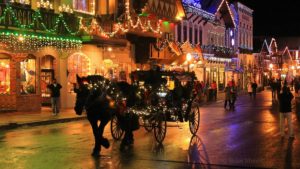
The Flagship of Creative City Developments Backstory Leavenworth, Washington, the shining example of a creative city development revitalizing a city

Ashland, Oregon – Small Oregon Town with a Famous Destiny TLDR: Population: 21, 056 Situation: The railway ceases to come through